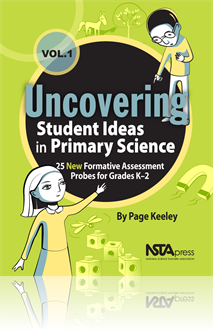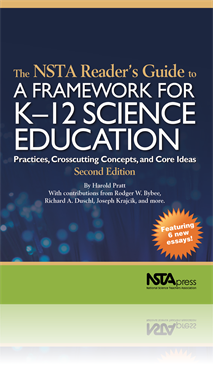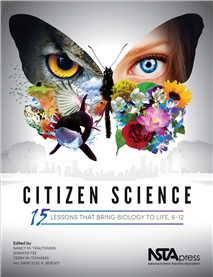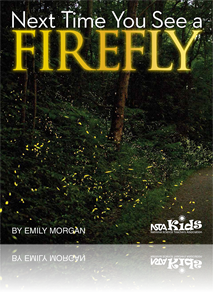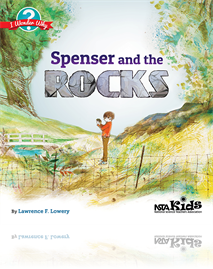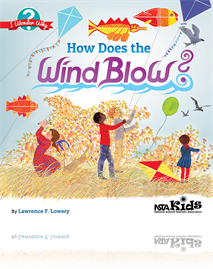All Book Chapters
Book Chapter
Professional Development: Learning to Always Be a Student
“If you are going to be a teacher, you should always be a student.” This quote has directed my entire career in education, and continues to drive my actions today. I share it with every single new teacher that I meet in the hopes that it translat...
Book Chapter
Calling in Sick: What to Do When You Are Out of the Classroom
Whether you have been teaching for 1 year or 50, no one likes to miss class. But circumstances will arise throughout the school year that will require you to turn your beloved students over to someone else. And while the thought of this might be scar...
Book Chapter
Interdisciplinary Work: Don't Be Afraid of the Good Teachers
This chapter focuses on how to collaborate with other teachers in your classroom. It provides a guide for identifying teachers to work with, as well as good strategies for building interdisciplinary units with your colleagues. These steps can be used...
Book Chapter
Surviving Year One and Transitioning into Thriving in Year Two and Beyond
As you finish your rookie season in the world of education, every first-year teacher deserves a hearty congratulation. Everyone will tell you that their first year was the most challenging… what they often omit is that their second year was second ...
Book Chapter
Leadership for New Teachers: How to Turn the Job Into a Career
Finally, this chapter talks about how to translate your enthusiasm and energy into becoming a young leader in the world of science education. It will look at possible future career aspirations that science teachers can have, and how to achieve those ...
Book Chapter
The purpose of the assessment probe, in this chapter, is to elicit children's ideas about the needs of seeds. The probe is designed to find out if students recognize that when seeds are planted in soil, they need to take in water from the soil in ord...
Book Chapter
Obtaining, Evaluating, and Communicating Information
The authors hope this chapter can open up a discussion with science educators in all areas of the system—from K–12 schools to informal science institutions and afterschool learning environments—about the varied ways to provide opportunities for...
Book Chapter
Starting Class the Right Way: Starter Activities
A successful class period is often made within the first few minutes, and this chapter will detail effective and engaging science-based starter activities. These 10-minute teaching ideas, including “Admit Slip, Please!,” “Inner/Outer Circle,”...
Book Chapter
Bird Migration Patterns in My Area
In this chapter, students consider indicators of climate change, interpret various representations of eBird citizen science data, and reflect on how their actions as citizen scientists can assist in better understanding bird migration as a local indi...
Book Chapter
Fireflies are one of the most fascinating insects because of their ability to produce light inside their bodies. Have you ever wondered why fireflies flash?This sample from Next Time You See a Firefly gives you a tease of what the whole books is abou...
Book Chapter
Fireflies are one of the most fascinating insects because of their ability to produce light inside their bodies. Have you ever wondered why fireflies flash?This sample from Next Time You See a Firefly gives you a tease of what the whole books is abou...
Book Chapter
In this sample of Spenser and the Rocks: I Wonder Why, Spenser has a rock collection. He notices that the rocks were different in other ways besides color. Come learn with Spenser about rocks!...
Book Chapter
Clouds, Rain, Clouds Again sample
You may not like a rainy day. But rain is water, and water is needed. Find out why in this sample of Clouds, Rain, Clouds Again: I Wonder Why....
Book Chapter
There are times when the air moves a bit faster than a light breeze. It moves fast enough to bend small twigs on trees and bushes. It flutters the leaves on trees. This is just a tease of what you can read about in How Does the Wind Blow? I Wonder Wh...
Book Chapter
Students Teaching Students: Jigsawing Through an Environmental Biology Course
The environmental biology course discussed in this chapter was designed for non- science majors, most of whom were preservice elementary education students. Instruction in the course is designed around the constructivist teaching model based on inqui...



